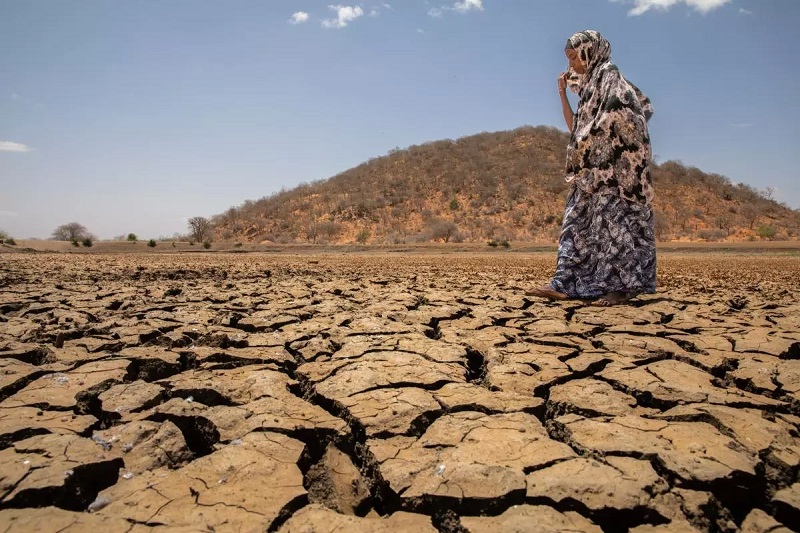The current drought conditions in the Horn of Africa are worse than those that existed during the hunger that occurred in 2011, during which hundreds of thousands of people lost their lives. It was announced on Wednesday by the IGAD Climate Prediction and Applications Center that below-normal rainfall is anticipated during the monsoon season over the next three months.
It is possible that this will be the sixth failed rainfall season in a row in certain regions of Ethiopia, Kenya, Somalia, and Uganda, which have been hit the hardest by the current drought. According to the center, there has been an increase in conditions that are drier than typical in certain regions of Burundi, eastern Tanzania, Rwanda, and western South Sudan.
Even though the conditions for a famine have not yet been met, the Secretary-General of the United Nations, Antonio Guterres, stated on Wednesday that 8.3 million people, which is more than half of Somalia’s population, will require humanitarian assistance this year. Workneh Gebeyehu, the president of the Intergovernmental Authority on Development (IGAD), urged governments and partners to take action “before it’s too late.”
The current drought in Somalia is the longest on record, and it has already lasted nearly three years. As a result, tens of thousands of people have lost their lives. A warning was issued by the United Nations resident coordinator for Somalia a month ago, stating that the number of excess deaths in the country will “almost certainly” surpass those that occurred during the famine that was declared in the country in 2011, when more than 260,000 people perished as a result of starvation.
Related Posts
Due to the drought that is affecting the Horn of Africa, approximately 1.3 million people in Somalia, the majority of whom are women and children, have been forced to relocate within the country. The current drought in Somalia has already become the longest and most severe in the country’s recent history. This is the result of a string of five consecutive poor rainy seasons.
According to the findings of a working group on food security that was chaired by the United Nations Food and Agriculture Organization and the regional Intergovernmental Authority on Development, it is estimated that close to 23 million people in Somalia, Ethiopia, and Kenya are facing extremely high levels of food insecurity.
According to the statement released on Wednesday, 11 million animals, which are vital to the health and prosperity of many families, have already perished. Many of the people who have been impacted across the region are farmers or pastoralists, and they have seen their crops wither and their water supplies dry up. The civil war in Ukraine has had an impact on the international community’s reaction to the crisis, as traditional donors in Europe have redirected funding away from the crisis and toward crises closer to home.

